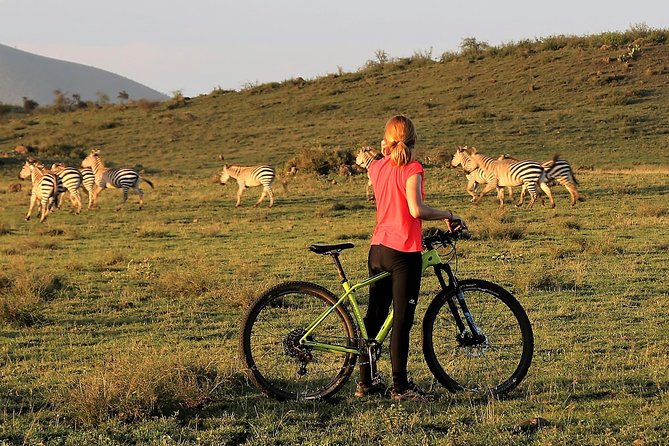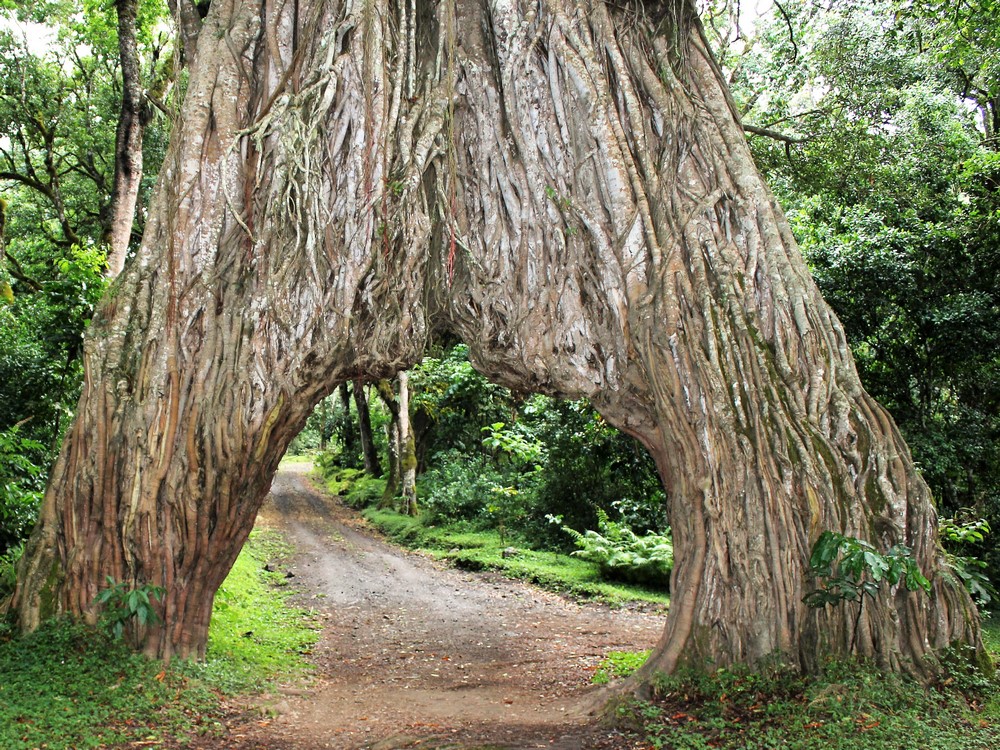- Home
- Safaris
- Volunteering
- Responsible Trips
- Faq’s
- Cost of Tanzania Safari
- Is it Safe to Visit Tanzania?
- When to Visit Tanzania
- How to book a Tanzania Safari?
- Vaccinations for Tanzania safari
- Booking Flights
- Sustainable Travel in Tanzania
- Why Travel to Tanzania?
- Meals during a Tanzania safaris
- Tanzania Visa Information
- Responsible Travel in Tanzania
- Toilets on Safari
- Recommended duration for a safari in Tanzania
- What to wear during a Tanzania Safari
- Information About Tipping during Tanzania safari
- Which is the cheapest safari?
- About us
- Contact
- Share a Home with us
Explore Arusha National Park
ABOUT ARUSHA NATIONAL PARK
Arusha National Park is a stunning and diverse protected area located in northern Tanzania, approximately 25 kilometers east of the city of Arusha. Covering an area of 552 square kilometers, this national park is one of the smaller and lesser-known gems in Tanzania’s extensive network of protected natural areas. Despite its relatively small size, Arusha National Park offers a wide variety of landscapes, wildlife, and activities for visitors to enjoy.


FEATURES AND ATTRACTIONS OF ARUSHA NATIONAL PARK
Landscape Diversity: One of the most striking features of Arusha National Park is its remarkable landscape diversity. The park encompasses three distinct regions: the rugged and awe-inspiring Mount Meru, the lush Ngurdoto Crater, and the open plains of the Momella Lakes. The combination of these diverse landscapes creates a unique and picturesque setting for visitors.
Mount Meru: The park is dominated by Mount Meru, the fifth-highest peak in Africa. While overshadowed by its famous neighbor, Mount Kilimanjaro, Mount Meru is a popular destination for trekkers and mountaineers. Hiking to its summit provides breathtaking views and a chance to experience a less crowded, yet still challenging, mountain adventure.
Wildlife: Arusha National Park is home to a wide array of wildlife, including giraffes, buffaloes, zebras, warthogs, and various antelope species. It is also a sanctuary for primates, with troops of blue monkeys and colobus monkeys swinging through the lush forests. Bird enthusiasts will find over 400 bird species in the park, making it a birdwatcher’s paradise.
FEATURES AND ATTRACTIONS OF ARUSHA NATIONAL PARK
Momella Lakes: The park is dotted with a series of shallow, alkaline lakes known as the Momella Lakes. These lakes attract an abundance of birdlife, especially flamingos, which are a magnificent sight when they flock to the lakes in large numbers.
Ngurdoto Crater: The Ngurdoto Crater is often referred to as “Little Ngorongoro” because of its similar appearance to the Ngorongoro Crater. It’s a lush, green depression with a freshwater lake at its center. Visitors can explore the crater rim on a scenic drive and have a chance to spot various wildlife species.
Cultural Heritage: Arusha National Park also holds cultural significance. It is home to the local Meru people, and within the park, you can find a village where you can learn about their traditional ways of life and interact with the community.
Activities: Visitors can engage in a range of activities within the park, such as hiking, game drives, canoeing, and guided walks. The park is a great place for both experienced trekkers and those looking for a more leisurely wildlife-watching experience.
Accessibility: Arusha National Park’s proximity to Arusha, one of Tanzania’s main tourist hubs, makes it easily accessible to tourists. It is often used as a starting point for safari adventures in northern Tanzania.


When to Go: Arusha National Park is a year-round destination. The best time to visit may depend on your interests and what you hope to experience:
Dry Season (June to October): This period is generally considered the best time for wildlife viewing in the park. The weather is dry and cooler, making it easier to spot animals as they congregate around water sources. The vegetation is also less dense during this time, enhancing visibility.
Wet Season (November to May): While the wet season can bring lush, green landscapes and migratory birds, it’s important to be aware that the park can get quite muddy, especially in March and April. However, this is also the time when animals give birth, so you may have a chance to witness young wildlife.
Birdwatching: Bird enthusiasts will find Arusha National Park appealing throughout the year. The park’s diverse ecosystems provide a habitat for various bird species, so any time is a good time for birdwatching.
Getting There: To access Arusha National Park, you have a few options:
By Air: Arusha National Park has an all-weather airstrip that allows for easy access. You can fly into Kilimanjaro International Airport and then arrange for a domestic flight to the park’s airstrip. There are scheduled and private charters available for travelers.
By Road: If you prefer to travel by road, you can access the park through established entry points. The key entry points include Naabi Hill, Seronera, Ndutu, Kusini, Kirawira, Handajega, Ikoma, Tabora ‘B’, Lamai, and Kleins. Each of these entry points connects to the park headquarters (HQ), and all entry fees are paid online through the Park HQ. This interconnected system ensures a streamlined process for visitors arriving by road.
